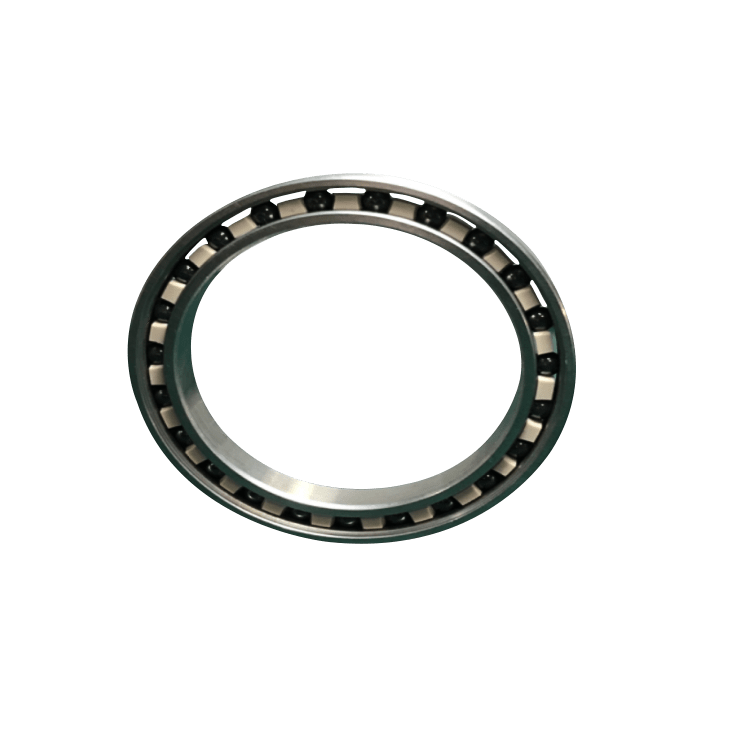Welcome to Tarso, professional special bearing manufacturer
Ceramic materials are more rigid than steel, which is a […]
Ceramic materials are more rigid than steel, which is a major benefit for many applications, including bicycles and other high-speed cycles. They are also lighter than steel, as silicon nitride is about 60 percent less dense than steel. And due to their low coefficient of friction, they can operate at speeds as high as 2000 rpm, which can increase speed considerably. This makes ceramics a better choice for bicycle bearings, as they result in less bottom bracket flex.
Compared to their metal counterparts, ceramic bearings are far more expensive. The sintering process, for example, requires enormous amounts of energy. Furthermore, machining costs can quickly add up, especially for high-precision ceramics. Furthermore, because ceramics are sensitive to impurities in their pores, the total cost of manufacturing these bearings increases exponentially. Fortunately, the price of ceramic bicycle bearings can be justified with the benefits they provide.
Besides being stronger and more durable than steel balls, ceramic bearings have several other benefits. Unlike steel, ceramics are inert and resistant to many chemicals and can be used in harsh environments. This makes them a popular choice in many industries. Ceramics are more expensive than steel, but they can be used in more demanding applications. Hybrid bearings have the added advantage of being less expensive than their metal counterparts.
Another benefit of ceramic bearings is their low coefficient of friction. They can operate up to 20 percent faster than steel balls. They also require less grease, which is beneficial to extending bearing life. Finally, ceramic balls are much harder than steel, which means that they don't generate as much heat at high speeds. Besides reducing friction, ceramics are also highly resistant to moisture. And due to their higher hardness, they are less susceptible to sudden temperature changes, which can cause premature failure.
There are a few other advantages of ceramic hybrid bearings. Ceramics are used in electric motors, high-performance racing vehicles, laboratory equipment, and even under water. They also offer lower coefficients of friction and ball rolling resistance. These two features combine to make ceramics a superior choice for many applications. However, they are not interchangeable. And while ceramic is often a better option for low-speed applications, it is not the best choice for high-speed machines.
The ball itself is made of silicon nitride and is made of Si3N4 ceramic. The material has much higher hardness and smoother surface finish than steel balls. It is also better thermally-conductive than steel balls, meaning it generates less heat during high-speed operations. Additionally, the hardness of ceramic balls prevents them from expanding, which leads to less vibration. In addition, ceramic balls are more efficient in electric motors controlled by variable frequency drives, which require non-conductive bearings.
While the increased efficiency and durability of ceramic bearings is appealing, they can also be costly. If you're riding a bike on a budget, you'll have to weigh the costs against the benefits of improved speed. Ceramics can weigh up to 50 percent less than steel, but the savings are minimal when you consider the weight and size of the bike itself. But before you rush out and purchase a set, consider the advantages and disadvantages of ceramic bearings.
